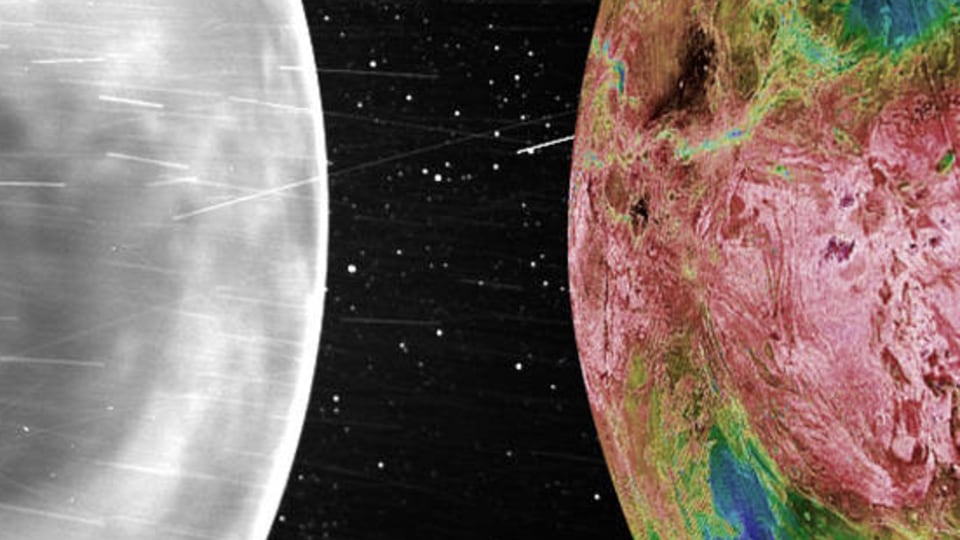Venus like you have NEVER seen it before! NASA Parker Probe takes real life color photos
NASA Parker Probe has managed to take stunning photos of Venus in COLOR for the first time. All earlier photos were in boring grey color.

The NASA controlled Wide-field Imager for Parker Solar Probe, also known as WISPR, has managed to do something previously considered impossible. The Parker Probe has taken photos of the actual surface of Venus for the first time. For the longest time, scientists have wanted to see what Venus looked like at ground level in order to understand its composition and the minerals it has to find if there was ever life on the planet. But due to a layer of dense, toxic clouds it has been tricky and all the Venus photos show it as a dull grey cloud covered planet. However, NASA has finally managed to do a first, which is, take Venus photos in actual, vibrant, sharp color. Significantly, what this means is that these Venus images have been taken in terms of visible light. Scientists have been thrilled to see these never before seen images of Earth's twin and you can check them out too.
These Venus images are also expected to shed more light on what happened on the planet? It has been theorized that Venus used to be habitable in the past, with strong chemical prints on the atmosphere suggesting both presence of water and a hospitable climate to support life. However, the Venus we know today is completely different. With extreme temperatures, toxic clouds and overly dense atmosphere, it is extremely inhospitable. And that is why Venus is so interesting to us. Scientists believe that understanding Venus' evolution will open a window to the future of Earth and help humanity to save our planet from a fate like that of Venus.
Earth has been dealing with its own share of climate change issues. And if we are headed to where Venus is today, then we need to understand why it happened and how we can reverse it. And that is what NASA has been trying to understand. Parker Solar Probe has taken us one step closer to that journey.
The stunning revelation of WISPR
NASA posted about this discovery on its website. Highlighting the challenges of taking better images of Venus, Brian Wood, lead author on the new study, said, “Venus is the third brightest thing in the sky, but until recently we have not had much information on what the surface looked like because our view of it is blocked by a thick atmosphere. Now, we finally are seeing the surface in visible wavelengths for the first time from space.”
The stunning images not only reveal a glance at the surface but have helped scientists identify the presence of continents like structures, plains, plateaus and more. Even a thin layer of oxygen has also been identified by NASA. Division director the Heliophysics Division Nicola Fox said, “We're thrilled with the science insights Parker Solar Probe has provided thus far”.
The Parker Solar Probe or WISPR is scheduled to make another observation of Venus but that will not happen for quite a while. The next observation is scheduled for November 6, 2024 and we can only wait and see what new revelations that observation will bring to us.
Catch all the Latest Tech News, Mobile News, Laptop News, Gaming news, Wearables News , How To News, also keep up with us on Whatsapp channel,Twitter, Facebook, Google News, and Instagram. For our latest videos, subscribe to our YouTube channel.
































